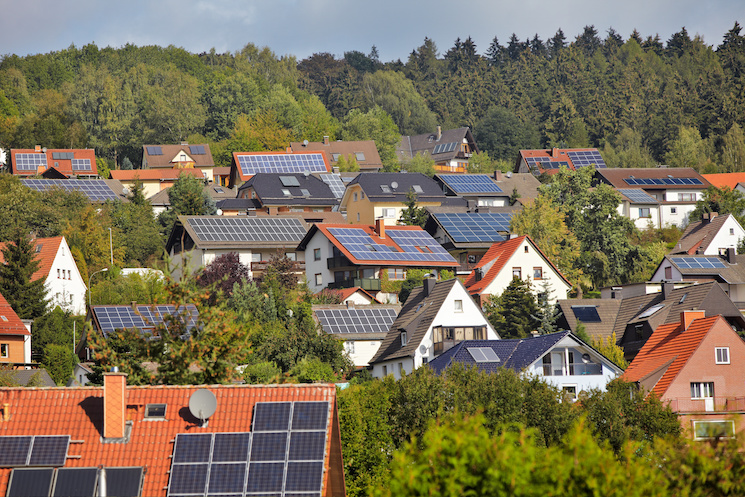By Adam Kankiewicz November 18, 2013

The PV Power Map is a report of national solar resource availability as illustrated by the monthly energy output of a nominal 1-kilowatt (kW) photovoltaic (PV) system by location. During July and August, several regions exhibited significant extremes in PV energy production.
Above-average PV energy production prevailed across the Western United States during both July and August as drought conditions continued in the region. During the same period, the Southeast experienced below-average production due to wetter-than-average conditions. In July, energy production in the Northwest was well above average, but slipped to average production in August due to increased storminess.

A stronger-than-average flow of clouds and moisture associated with the North American monsoon led to below average production in the four corners region of the Southwest during July and August. The monsoon-related cloudiness also spilled farther west, leading to below-average PV production for most of California’s desert regions.
The PV Power Map can be used by anyone to quickly gauge the generation potential of a new PV system, or benchmark the performance of an installed system, in a given location. Simply multiply the power output indicated on the map by a project’s capacity, in kilowatts, to calculate the total estimated power output for the month.

For example, a 4-kW PV system in Olympia, Wash., would have produced approximately 580 kilowatt-hours during July (145 kWh x 4 kW = 580 kWh). Meanwhile, a 4-kW system in Raleigh, N.C., would have produced approximately 480 kWh during August (120 kWh x 4 kW = 480 kWh).
To gain an understanding of the production of a particular system over a period of time, you can view PV Power Maps from 2013 at solartoday.org/pvpowermap.
The PV Power Map is created with power output estimates generated by SolarAnywhere services from Clean Power Research; these include simulation capabilities and hourly satellite-derived irradiance data with spatial resolutions from 1 to 10 kilometers. The calculations are based on a PV system with a total 1-kW nameplate rating that is configured as five 200-watt PV panels with a 1.5-kW inverter; fixed, south-facing panels with 30 degree tilt; no shading; panel PVUSA Test Conditions rating of 178 watts; and inverter efficiency of 95.5 per- cent. Visualization and mapping provided by GeoModel Solar. Access free historical irradiance data at solaranywhere.com.
Adam Kankiewicz (askcpr@cleanpower.com) is a research specialist at Clean Power Research.




